Cards In This Set
| Front | Back |
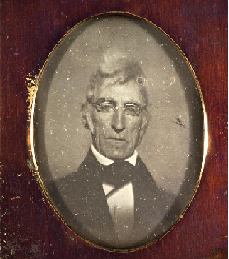 Name: Author: Date: Relevance: |
Portrait of John McAllister, Jr.
Daguerreotype by Robert Cornelius
May 1840
Example of an early photographic portrait, the application for the Daguerreotype that was to dominate the photography industry. This was the first commercial sale of a portrait by Robert Cornelius. It marks the start of the beginning of photography as business and the idea that you could develop a business with this new invention
- The clarity and intimacy of Daguerreotypes which M.A. Root claimed could "reflect the soul of the sitter," made them extremely popular were sold by the millions.
|
 Name: Author: Date: Relevance: |
Benjamin Henry Latrobe, architect
Bank of Pennsylvania, South Second Street,
1798‐1801
- This building was indicative of the classical revival style that Latrobe was best known for. The use of classical architecture as his influence also reflected Latrobe's vision of Philadelphia as the "Athens of the Western World."
|
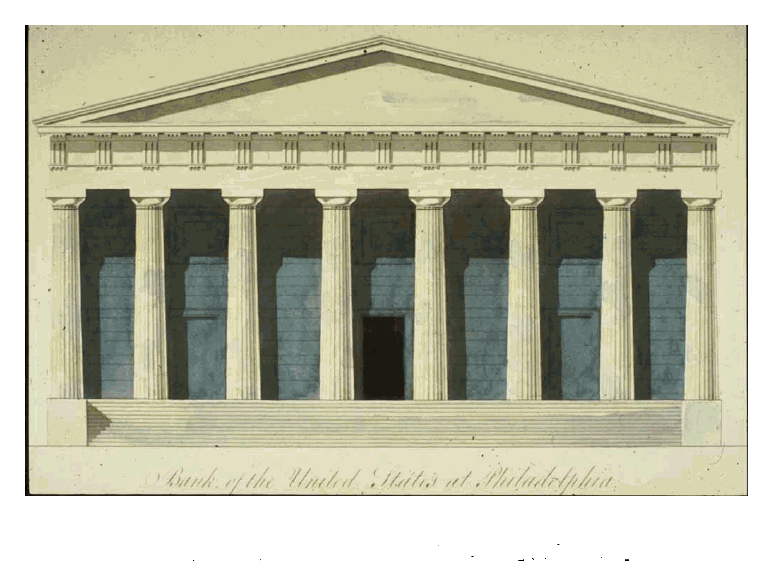 Name: Author: Date: Relevance: |
William Strickland
Second Bank
1822
- Another example of classical revival architecture as it became known as the Greek Revival Style.
-Strickland was a student of Latrobe and he used the classical theme through out his many buildings in Philadelphia and beyond.
|
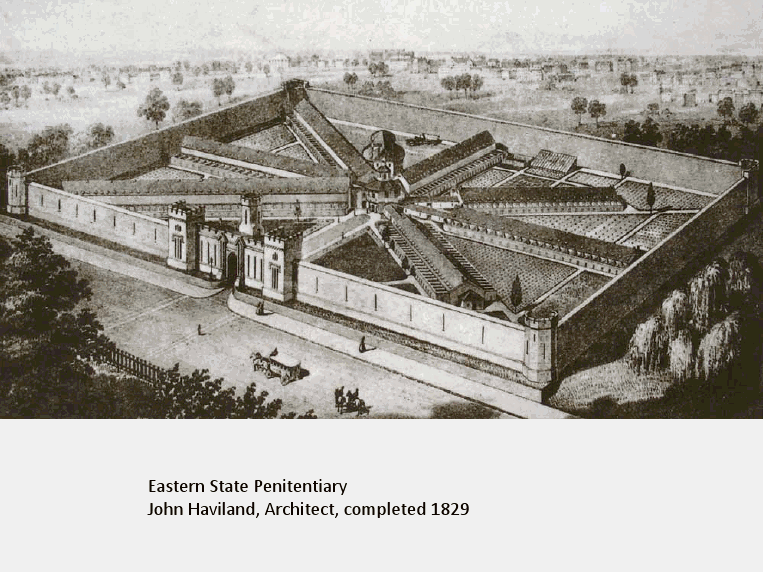 Name: Author: Date: Relevance: |
Eastern State Penitentiary
John Haviland, architect 1829 -Architect Haviland designed Eastern State Penitentiary in the Gothic revival style. -Eastern State Penitentiary was the "Pennsylvania System" in prisons, where inmates were to be reformed, not punished. The theory of this system required called for solitary confinement as a way to help inmates reform themselves. |
|
Name: Author: Date: Relevance: |
Selections from the series of etchings, “Life in Philadelphia,” by Edward Williams Clay, 1829
In these caricatures, Clay, a lawyer who turned into a political cartoonist, exaggerated, reinforced and shared stereotypes of several Philadelphian groups, in including Quakers and African Americans. This series was widely copied.
|
|
Name: Date: Relevance: |
Pennsylvania Hall at Race and 6th Streets.
May 17, 1838 -An anti‐Abolitionist mob burned Pennsylvania Hall only a few days after it was opened. This incident is indicative of prevailing attitudes about race in Philadelphia in the 1830's and 1840's. |
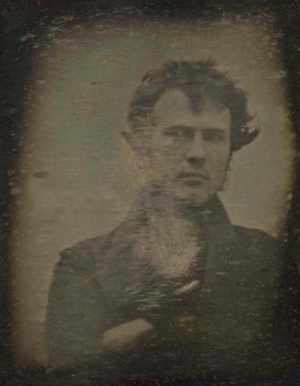 Name: Author: Date: Relevance: |
Experimental Self Portrait Daguerreotype
Robert Cornelius
Fall of 1839
- Robert Cornelius opened the first photographic studio in Philadelphia. With the help of chemist Paul Beck Goddard he enabled the Daguerreotypethe become the basis for a business that transformed how we see ourselves and others.
|
|
Name: Author: Date: Relevance: |
The Artist in His Museum
Charles Willson Peale (self portrait)
1822
This Museum, on the 2nd floor of Independence Hall, displayed everything from portraits of the Founding Fathers to specimens of natural history, including the bones of a mastodon, partially seen behind the curtain. Peale’s museum displayed knowledge about the new nation and demonstrated how Philadelphians were starting to define their new American identity.
|
|
Name: Author: Date: Relevance: |
Exhumation of the Mastodon. Painting by Charles Willson Peale, 1806‐1808.
This was an important early American discovery for both it's inherent significance as a unique American animal and a metaphor for discovery. The study of the new American zoological and biological history was part of the way Philadelphians would explain and define the new nation.
|
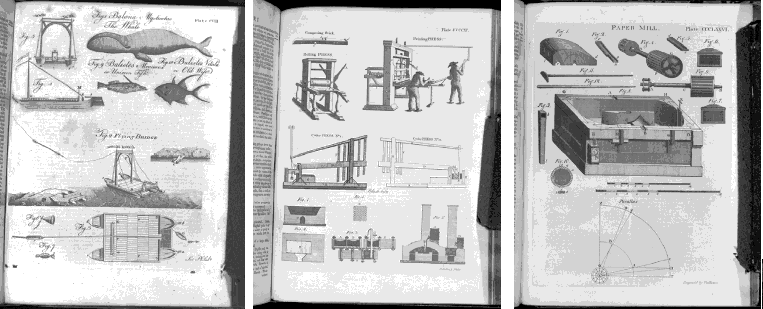 Name: Author: Date: Relevance: |
Thomas Dobson's Encyclopaedia, 1788-1797
This first American encyclopedia, printed in Philadelphia, was pirated from the Encyclopedia Britannica. It was a gigantic undertaking in 18 illustrated volumes that proved the capability of Philadelphia printers and illustrators to create complicated works and fulfill the needs of readers who had traditionally imported works like this from London.
|
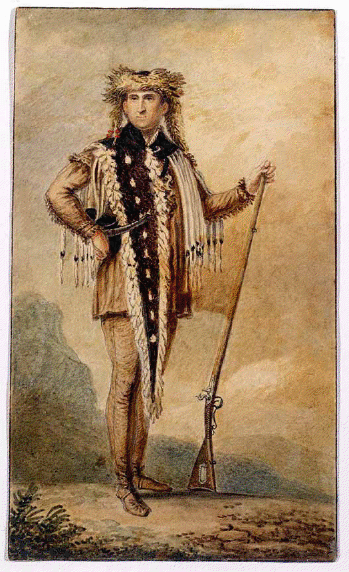 Name: Author: Date: Relevance: |
Charles Saint-Memin, artist
Portrait of Meriwether Lewis, 1807
- This portrait of Lewis with souvenirs of his expedition was made in Philadelphia shortly after his return. It was supposed to be a part of Lewis's official history, a published that took many more years than expected. Lewis died with the project incomplete in 1809. One volume was published in 1814, without this illustration. Americans used the expedition to help develop a historical narrative and a national identity.
|
|
Name: Author: Date: Relevance: |
Camaasia quamash (Pursh) Greene
Meriwether Lewis, 1804-1806
- These specimens of grass were gathered by Lewis from the prairies in what is now Idaho and mounted in a format described to Lewis by Philadelphia naturalists. They demonstrate the desire for knowledge about unique American plants and the desire to share that knowledge. Today, these specimens are at the Academy of Natural Sciences.
|



